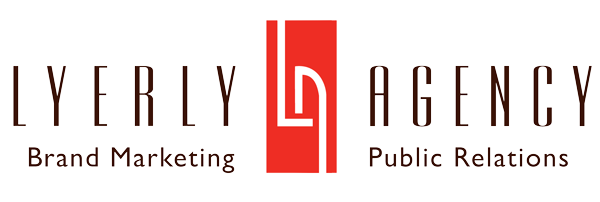As posted in The Gaston Gazette:
(3/26/17) BELMONT, N.C. – We often spend a great deal of time preparing: for meetings, for events, for the future. But one thing we sometimes forget to prepare for is one of the most critical elements in ensuring our success: our body language. The way we sit or stand, even the expressions we wear on our faces can all send nonverbal cues to others. If those messages don’t sync with the messages we are sharing verbally, it can call our authority and even our trustworthiness into question.
Want to be adept at communicating with more than just your words? Here are a few tips to help you harness the power of body language:
- Adopt a strong posture. Walking tall into a room and sitting up straight in a chair sends a very distinct signal to customers and business associates alike. It says you are confident, attentive and alert – and it says that you mean business. In contrast, if you slouch or slump, it sends a very different signal: no matter how thorough your presentation or paperwork, no matter how fluid and convincing your words, bad posture sends the unconscious message that you aren’t interested, which can also suggest that you aren’t either prepared or dedicated. That is the last message you want to send to customers, colleagues or employees.
- Use a “power pose.” In addition to mastering the message inherent in your posture, you can also send a commanding signal to both customers and business associates if you adopt what Christian Jarrett at Behance calls a “power pose.” Essentially, this is any stance that allows you to take up as much space in a room as possible. Standing with your legs apart and your hands on your hips or on the desk in front of you are both good examples. In addition to transmitting to your audience that you are powerful and in control, adopting a “power pose” can also give you the confidence to address a group more adeptly. In a 2015 study at Harvard, Amy Cuddy and her colleagues found that adopting one of these positions for several minutes before giving a presentation or a speech allowed people to perform more successfully. So, if you’re the kind of person who needs to take a few deep breaths before talking in front of a group, try incorporating a power pose into your practice. Chances are, you’ll see tangible benefits from doing so.
- Get comfortable with “open” gestures. We’ve all been to a meeting or been in a conversation with someone who crossed their arms, and it sends an immediate signal of reticence or displeasure. Keep that in mind the next time you have to speak to a group. People who greet an audience with a genuine smile and open arms receive a far greater response than people who close themselves off, even if it is a default gesture born of fear or insecurity. “Open” gestures – movements that indicate receptiveness to both audience members and their ideas – are proven to have considerably more success convincing your audience of your message, says Leslie Belknap of Ethos3. Make sure, however, that you do your best to express genuine enthusiasm for your own ideas; audiences can pick up on inauthenticity relatively quickly, so have faith in yourself and your ideas first and then use that faith to get excited about having the opportunity to share them.
- Craft your message with movement. Body language is about more than merely appearance; it’s about movement as well. You can keep your audience’s attention and drive home a powerful point if you time your movements correctly. According to Carol Kinsey Gorman, author of The Silent Language of Leaders, your message will be best received if you walk just before making a key point and then pause while you deliver that point. People, she said, are drawn to movement, and if you deliver your most important information during a pause in that movement, you’ll have their complete attention. Gorman also suggests framing your points visually for an audience: if you have two points, try delivering one on one side of a room, then move to the other side to deliver the other.
- Get rid of the tablet and the coffee cup. If you really want to connect with your audience, do your best to do so without anything in your hands. People often hold onto an item – a tablet with notes, a coffee cup, the edge of a podium – when they are nervous, and that nervousness gets communicated to the audience. They often cling to that coffee cup or that podium – we’ve all seen those knuckles clenched until they’re white – and because it’s often so transparent that a speaker is using an object as a life raft, it can reduce an audience’s confidence in the speaker. Practice speaking without anything in your hands; it will allow you to work on perfecting those open gestures, and it will reassure your audience that you are strong, capable and in control.
Working on even one or two of these tips will give you a quick boost in confidence and capability in front of an audience. Consider incorporating this kind of practice into your regular routine when you prepare for a presentation or conference, and then prepare to reap the benefits of that practice. Chances are, people are going to want to see a lot more of you in positions of leadership.
Lyerly Agency’s President and CEO Elaine Lyerly and Executive Vice President and COO Melia Lyerly share their 35+ years of marketing, advertising, public relations and brand strategy experience with readers each month in a column published by The Gaston Gazette. See this month’s edition at http://bit.ly/2pWwX2H.
